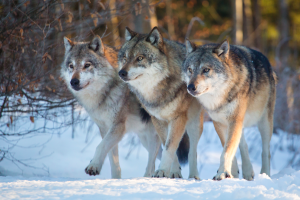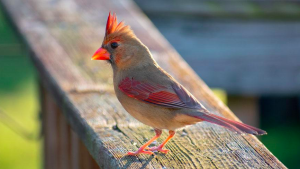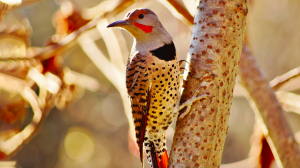The Importance of Thrushes in Controlling Insect Populations
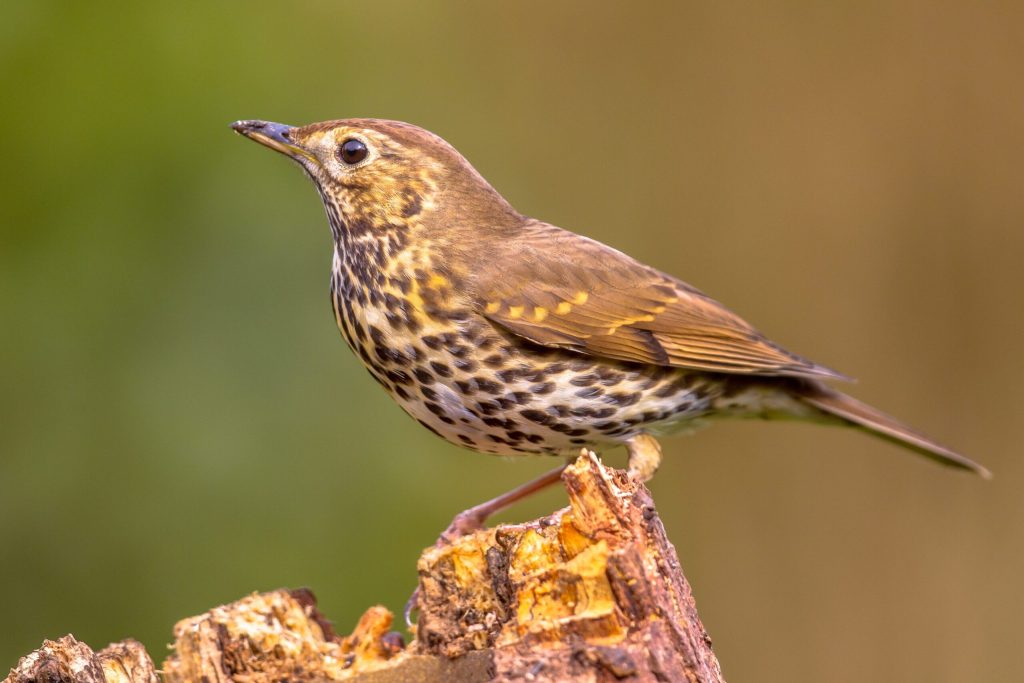
Thrushes
Thrushes are a family of songbirds found in many parts of the world. They are small to medium-sized birds often recognized by their distinctive singing voices. While many appreciate the beautiful songs of thrushes, few realize their essential role in controlling insect populations.
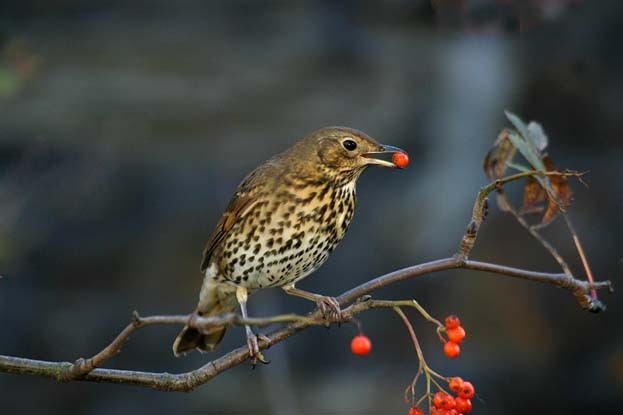
The Ecological Importance of Thrushes
Thrushes are a group of birds that play a vital ecological role in many ecosystems worldwide. As insectivores, thrushes are essential for controlling insect populations, which can significantly impact the health and well-being of many ecosystems.
Insects are:
- A critical part of many ecosystems.
- Serving as a food source for various organisms, including birds, reptiles, and mammals.
- Even other insects.
However, if insect populations become too large, they can cause significant damage to plant species and other parts of the ecosystem. For example, some insect species can destroy crops, defoliate trees, and spread diseases.
It is where thrushes come in. By consuming large numbers of insects, they help keep their populations in check, which helps maintain the ecosystem’s balance and health. They are essential for controlling insect populations in forests and other habitats with dense vegetation, where other insect predators may have difficulty hunting.
The Relationship Between Thrushes and Insects
Thrushes are primarily insectivores, meaning they consume insects as their primary food source. By consuming insects, thrushes help to keep insect populations under control. It is essential in areas where insects can cause significant damage to crops or other plant species.
Types of insects that thrushes consume
Some species of thrushes are generalist feeders and will consume any insect they can find, while others specialize in feeding on specific types of insects.
One common type of insect that thrushes consume is the beetle. Beetles are a large and various group of insects; some species can damage plants and other parts of the ecosystem. By feeding on beetles, it help to keep their populations in check and prevent them from causing too much damage.
Ants are another type of insect that they often consume. Some species of thrushes, such as the wood thrush, are particularly fond of ants and will go to great lengths to capture them. Ants can be a problematic prey item for them to catch, as they are fast-moving and often live in large colonies. Still, their slender beaks and agile wings make them well-suited to this type of hunting.
Other types of insects that thrushes may consume include moths, butterflies, grasshoppers, crickets, and many more. The diet of a particular species of thrush will depend on various factors, including the availability of different types of insects in their habitat, the period of the year, and the age and sex of the individual bird.
How thrushes control insect populations
Thrushes are important predators of many types of insects, and they play a crucial role in controlling insect populations in many ecosystems worldwide.
One of the primary ways that thrushes control insect populations is by consuming large numbers of insects themselves. By feeding on insects, thrushes help to reduce the number of harmful insects in the environment, preventing them from causing damage to plants and other parts of the ecosystem.
Thrushes also indirectly control insect populations by creating a more hospitable environment for other insect predators. For example, consuming large numbers of insects help to reduce competition for food and other resources among other insect predators, such as spiders and other birds. It can help increase the overall number of insect predators in the ecosystem, which helps control insect populations further.
The Impact of insect control on human activities and Agriculture
The impact of thrushes and other insect predators on human activities and agriculture is significant. It highlights the importance of maintaining healthy populations of these species in ecosystems worldwide.
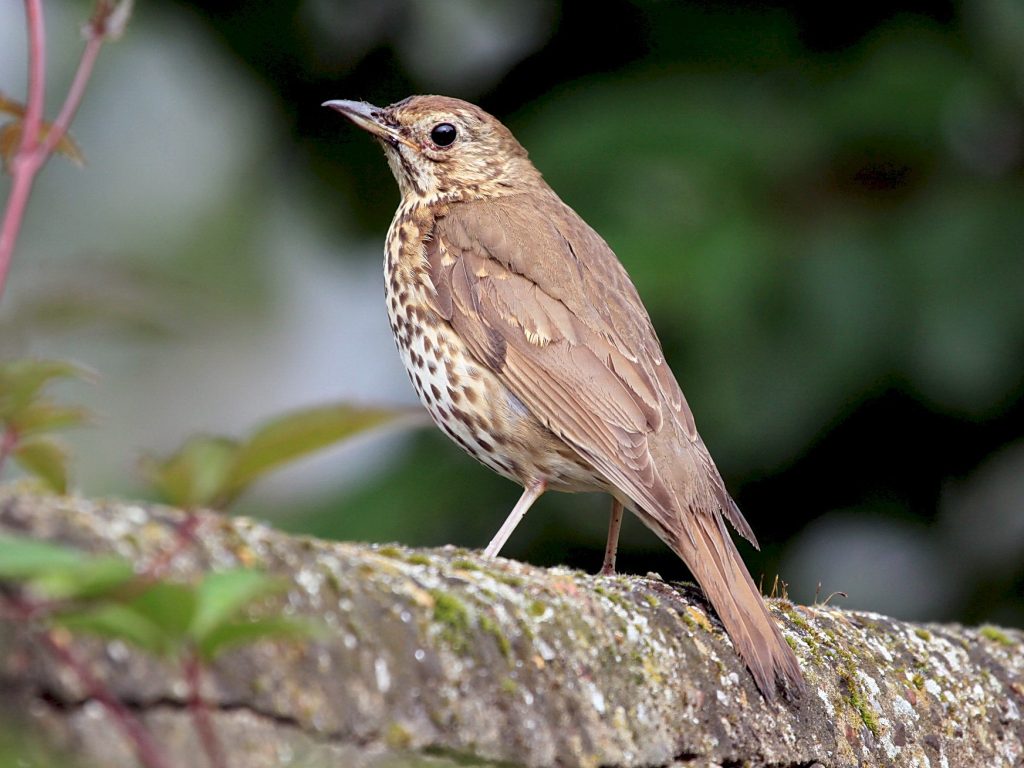
Insect control is crucial in many agricultural settings, as insects can cause significant damage to crops and other agricultural products. Thrushes play an essential role in controlling insect populations in agricultural environments, as they help to reduce the number of harmful insects that can damage crops and reduce yields.
By consuming large numbers of insects, thrushes help to prevent the overgrowth of harmful insect populations, which can help to reduce the need for pesticides and other chemical treatments. It can have several positive effects, including reducing farmers’ costs, improving agricultural products’ quality and safety, and minimizing the environmental impact of farming practices.
Threats and Conserving to Thrush
Threats
Thrush populations are under threat due to various factors such as habitat loss, climate change, pollution, hunting and trapping, and disease and parasites. The failure and degradation of habitats due to deforestation, urbanization, and agricultural expansion are causing thrushes to lose their natural environments. Habitat fragmentation can also lead to inbreeding and reduced fitness.
Climate change is another threat to thrush populations, affecting their migration and breeding patterns, as well as their food sources and nesting sites. As temperatures increase, weather patterns become more unpredictable, and invasive species pose a threat to the species adapted to changing climatic conditions.
Pollution, industrial or agricultural, can affect the air, water, and soil quality on which thrushes rely. It can lead to reduced food sources, increased disease and parasites, and physical harm to the birds.
Overhunting or trapping and illegal trade of thrushes and their eggs is a significant threat to some thrush species. Finally, diseases and parasites such as avian influenza, West Nile virus, ticks, and mites pose an additional challenge to thrush populations. Disease outbreaks can be particularly devastating for already struggling people.
Conserving
Efforts have been made to conserve and protect thrush populations from the various threats they face. Here are some examples:
- Habitat conservation: Efforts to conserve and restore habitats where thrushes breed, feed, and roost can help protect the species. It includes reforestation programs, protecting existing forest habitats, and reducing habitat fragmentation. Some conservation organizations have also worked to create corridors connecting fragmented habitats, promoting genetic diversity and reducing inbreeding.
- Climate change adaptation: To help thrush populations adapt to changing climate conditions, conservationists are working on several fronts. It includes monitoring their people and behavior, protecting critical habitats, and promoting sustainable practices that reduce greenhouse gas emissions. Some conservation organizations are also working to preserve and restore less vulnerable habitats to climate change, such as high-altitude forests or coastal wetlands.
- Pollution reduction: Reducing pollution can help protect thrush populations and the ecosystems they rely on. Efforts to reduce industrial pollution, agricultural runoff, and other sources of contamination can improve the air, water, and soil quality. Conservation organizations are working with farmers to promote sustainable practices that reduce pesticide use and enhance soil quality. These efforts can help protect not only thrushes but also other wildlife and the communities that depend on these ecosystems.
- Hunting and trapping regulation: Hunting and trapping regulations can help protect thrush populations from overexploitation. It includes enforcing laws prohibiting the illegal trade of thrushes and their eggs. In some areas, conservation organizations have worked with local communities to promote sustainable hunting practices that reduce the impact on thrush populations.
- Disease and parasite control: Conservationists are working to identify and monitor disease outbreaks. Some organizations are also promoting research on the effects of climate change on disease transmission and developing strategies to reduce the spread of disease. Other efforts include reducing pesticide exposure and toxins that can weaken the immune system.
While thrush populations face various threats, efforts have been undertaken to conserve and protect them. Conservationists are working to protect habitats, promote sustainable practices, reduce pollution, regulate hunting and trapping, and control diseases and parasites. By continuing these efforts, we can help ensure the survival of thrush populations and the ecosystems they depend on for years to come.
Conclusion
In conclusion, thrushes are essential in controlling insect populations and maintaining the health and balance of many ecosystems. However, their people are threatened by various sources, making it necessary to take steps to conserve and protect them.
By working to conserve thrush populations, we can help ensure the health and well-being of many ecosystems and maintain the benefits they provide to human activities such as agriculture.
Conserving thrush populations is a complex task that requires the cooperation of individuals, organizations, and governments at all levels. It involves a combination of efforts to protect and restore their habitats, reduce other threats, and monitor their populations to gain insights into the health of the larger ecosystem.
In conclusion, thrushes are essential to many ecosystems and vital in controlling insect populations. Conserving their populations is crucial for maintaining the health and balance of many ecosystems and their benefits to human activities such as agriculture. Protecting and preserving thrush populations can help ensure a healthier and more sustainable future for all.
FAQ’s:
What are some specific species of thrushes that are important for insect control?
- Some species of thrushes that are important for insect control include the American Robin, Eastern Bluebird, and Gray Catbird.
How do thrushes control insect populations?
- Thrushes control insect populations by consuming large numbers of insects, which helps to keep their people in check.
What are some threats to thrush populations?
- Some threats to thrush populations include habitat loss and degradation, climate change, pollution, hunting and trapping, and disease and parasites.
How can individuals help to conserve thrush populations?
- Individuals can help conserve thrush populations by supporting conservation organizations and initiatives, reducing their use of pesticides and other chemicals that may harm them, and promoting the conservation of natural habitats.
Why are thrushes essential for human activities such as agriculture?
- Thrushes are essential for human activities such as agriculture because they help to control insect populations, which can cause significant damage to crops and other plant species.
